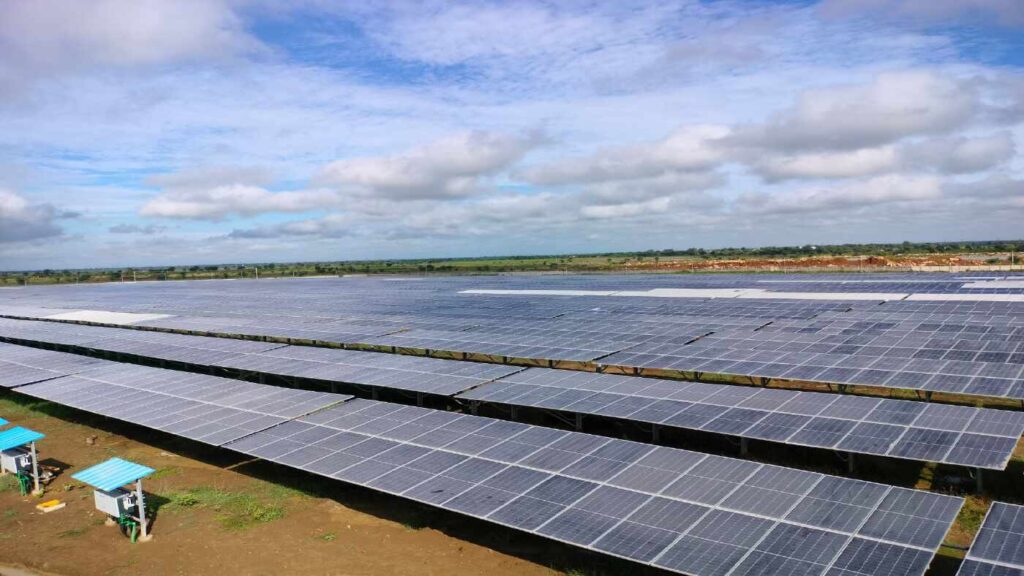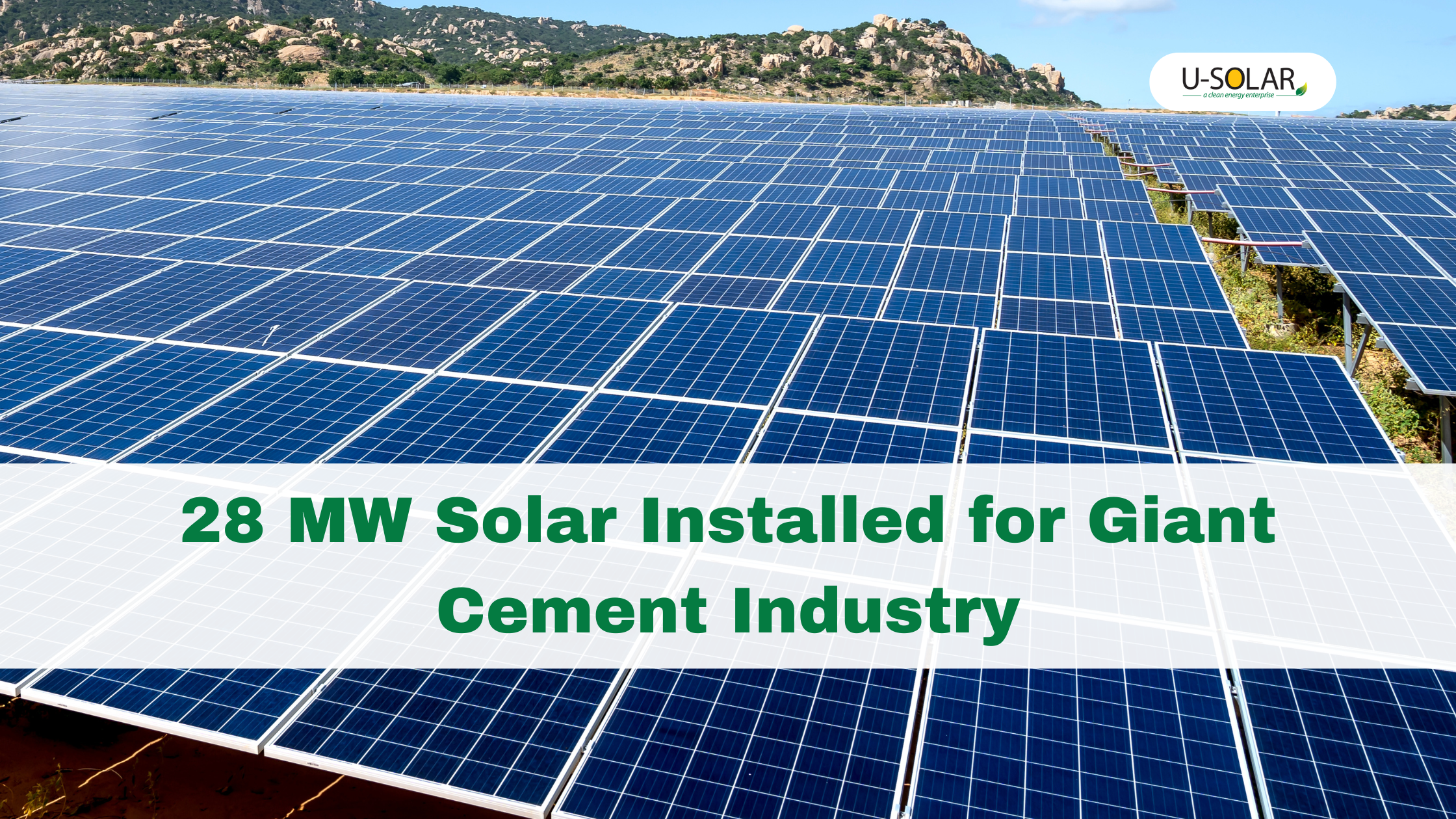Shree Cement just wrapped up something commendable. A 28 MW solar power project that’s spread across their facilities in Chhattisgarh and Orissa. It is one of those moves that stands as a testament to the fact that big industries are now going green.
To ensure consistency across installations, the systems use Sungrow inverters and bifacial modules from Longi Solar.
The project spans multiple locations across India, which makes sense considering Shree Cement’s operations.
CO2 savings: 38,182 tonnes per year. For a cement company, which traditionally hasn’t been known for being environmentally friendly, this is a meaningful step.

Cement production is energy-intensive. It always has been. So when a major player like Shree Cement decides to power a significant portion of their operations with solar, it’s worth paying attention to. Solar energy is now at a point where it makes business sense for heavy industry.
This installation fits into India’s broader push toward renewable energy, but it’s driven by practical business considerations as much as environmental ones. Energy costs are a major factor in cement production, and locking in lower electricity rates through solar makes sense from a competitive standpoint.
The 28 MW capacity isn’t just impressive for its size, it represents a real commitment to changing how they power their operations. This is the kind of project that, once it’s running smoothly, often leads to expansion plans at other facilities.
For anyone keeping track of industrial solar adoption in India, Shree Cement’s project is definitely one to watch. It’s large enough to matter, uses solid technology, and comes from a company that has the scale to influence others in the sector.
Are you planning to go solar as well? Now is the time!


